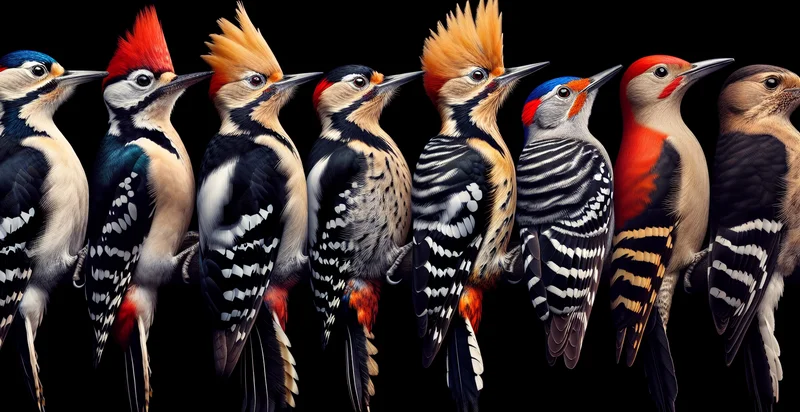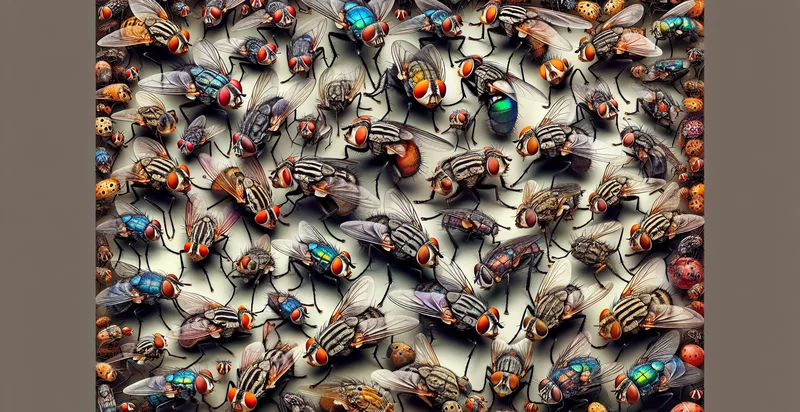Identify woodpecker species
using AI
Below is a free classifier to identify woodpecker species. Just upload your image, and our AI will predict which species of woodpecker it is - in just seconds.

Contact us for API access
Or, use Nyckel to build highly-accurate custom classifiers in just minutes. No PhD required.
Get started
import nyckel
credentials = nyckel.Credentials("YOUR_CLIENT_ID", "YOUR_CLIENT_SECRET")
nyckel.invoke("woodpecker-species-identifier", "your_image_url", credentials)
fetch('https://www.nyckel.com/v1/functions/woodpecker-species-identifier/invoke', {
method: 'POST',
headers: {
'Authorization': 'Bearer ' + 'YOUR_BEARER_TOKEN',
'Content-Type': 'application/json',
},
body: JSON.stringify(
{"data": "your_image_url"}
)
})
.then(response => response.json())
.then(data => console.log(data));
curl -X POST \
-H "Content-Type: application/json" \
-H "Authorization: Bearer YOUR_BEARER_TOKEN" \
-d '{"data": "your_image_url"}' \
https://www.nyckel.com/v1/functions/woodpecker-species-identifier/invoke
How this classifier works
To start, upload your image. Our AI tool will then predict which species of woodpecker it is.
This pretrained image model uses a Nyckel-created dataset and has 22 labels, including Downy Woodpecker and Hairy Woodpecker.
We'll also show a confidence score (the higher the number, the more confident the AI model is around which species of woodpecker it is).
Whether you're just curious or building woodpecker species detection into your application, we hope our classifier proves helpful.
Related Classifiers
Need to identify woodpecker species at scale?
Get API or Zapier access to this classifier for free. It's perfect for:
- Wildlife Preservation: Wildlife preservation organizations can use the "woodpecker species" identifier to monitor the variety and numbers of different woodpecker species in a particular forest or region. This can be especially useful for tracking endangered species and observing the effects of environmental changes.
- Birdwatching Applications: A birdwatching app can integrate the "woodpecker species" identifier as a feature to help users identify the species of woodpeckers they spot during their birdwatching activities, thus increasing user engagement and satisfaction.
- Academic Research: Researchers studying avian biodiversity and species distribution can utilize the "woodpecker species" identifier to analyze and classify species data obtained from field trips or camera trapping methods.
- Pest Control Services: Pest control companies can utilize this function to identify specific species of woodpeckers that might be causing damage to property, which can help them tailor their deterrent strategies to the specific species involved.
- Ecotourism: Companies in the ecotourism sector can use the "woodpecker species" identifier to provide added value to their customers, such as providing information about the various species they might encounter on a trip or tour.
- Wildlife Photography: Wildlife photographers can use the tool to accurately identify and label the woodpecker species in their photos, increasing the scientific and educational value of their work.
- Natural History Museums: Museums can use the "woodpecker species" identifier to help classify and label photographs or video content in their collections or exhibitions, providing accurate and useful information to museum visitors.


